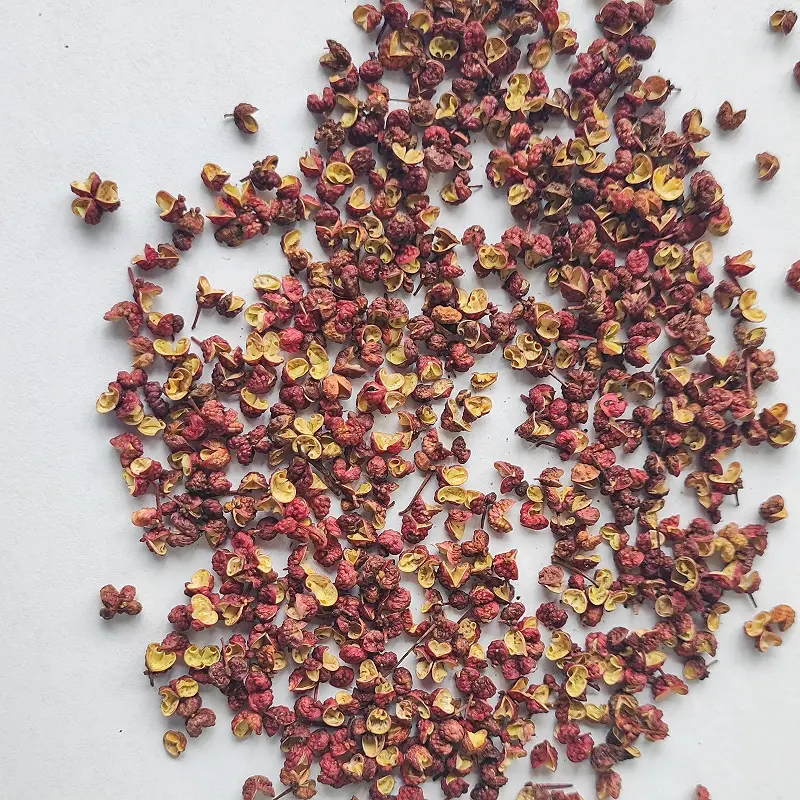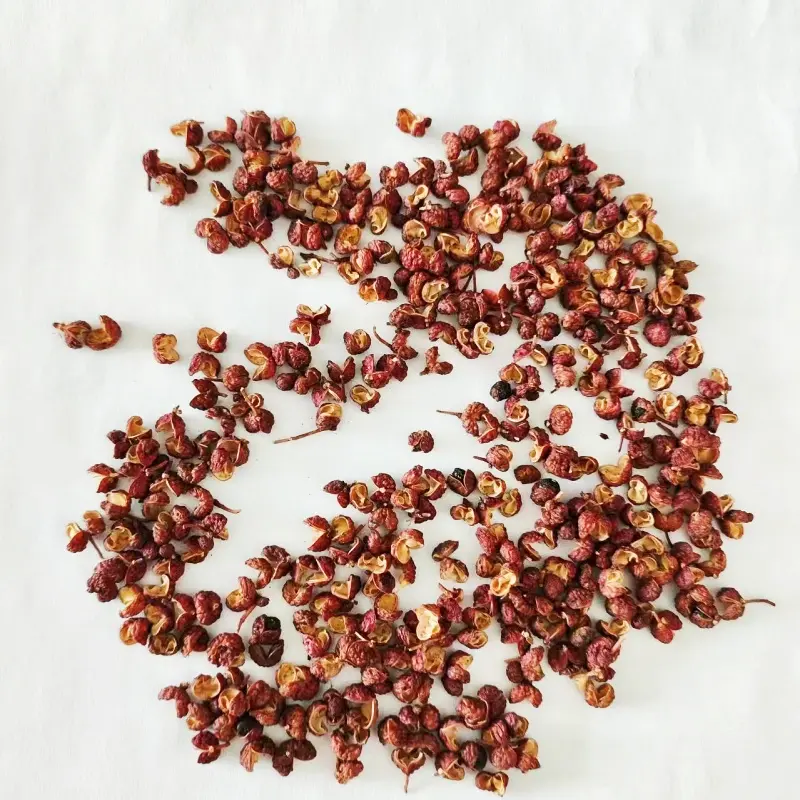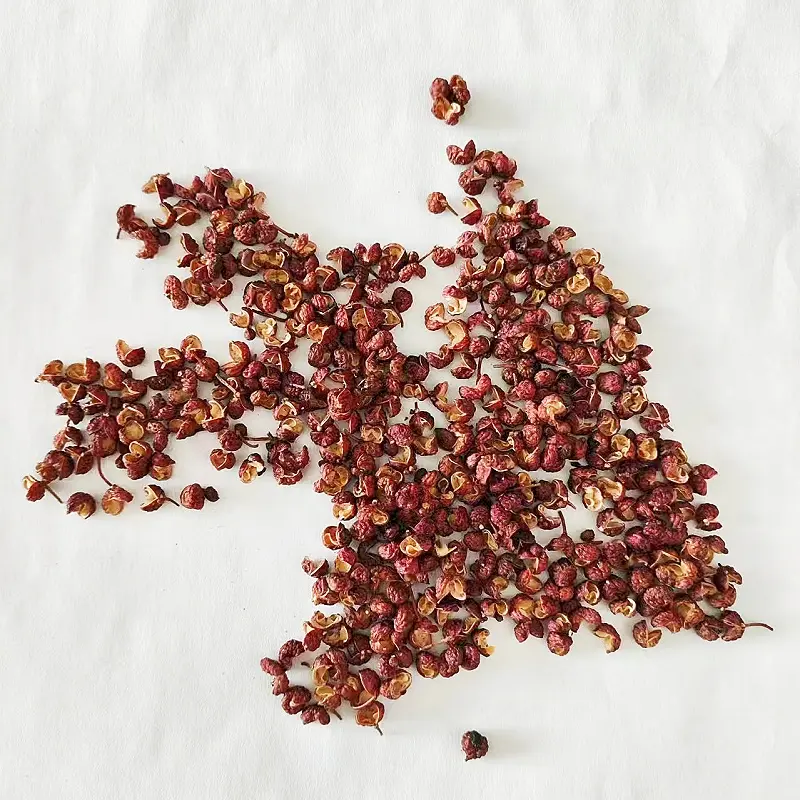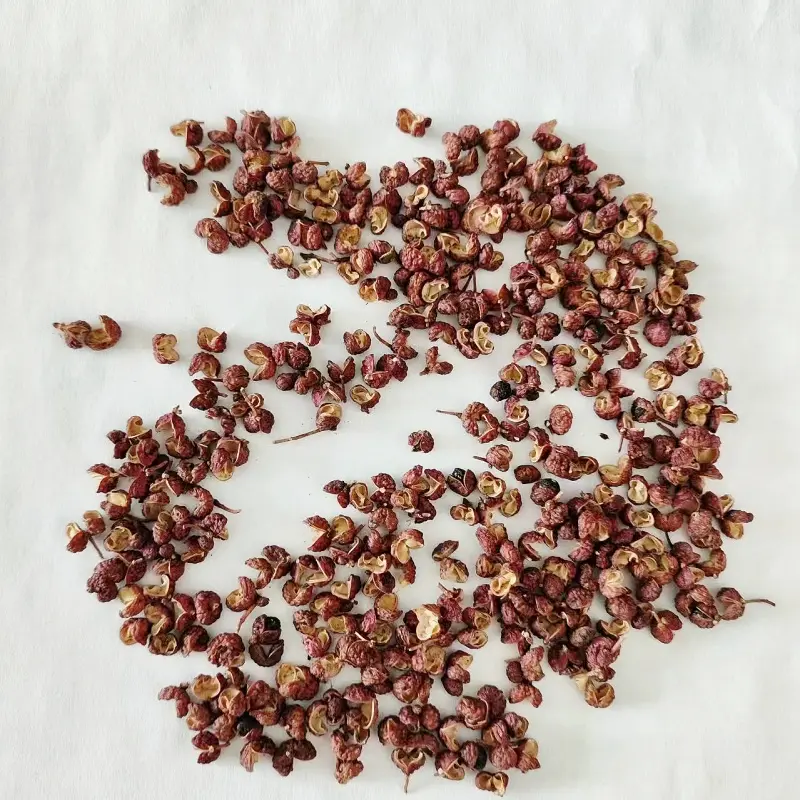Sichuan pepper, also known as hua jiao, is famous for its distinctive numbing sensation and citrusy, slightly floral aroma. Unlike black pepper or chili peppers, Sichuan pepper belongs to the Zanthoxylum genus and is a key ingredient in Sichuan cuisine, where it creates the signature "mala" (numbing and spicy) flavor. But what gives Sichuan pepper its intense and complex taste goes beyond the plant itself—it's the processing that truly brings out its magic.
The journey from freshly harvested husks to the aromatic spice we find in kitchens worldwide involves several critical steps. Drying, roasting, and sorting are the three essential stages in Sichuan pepper processing. Each step plays a crucial role in preserving the pepper’s volatile oils, enhancing its flavor, and ensuring high product quality. Traditional methods such as sun drying are still widely used in rural areas, while modern facilities employ heat-pump dryers and automated sorting technology to meet large-scale demand.
In this article, we’ll take an in-depth look at how Sichuan pepper is processed—exploring both time-honored practices and technological advancements that help producers maintain flavor, freshness, and consistency. Whether you're a spice lover or a food industry professional, understanding these steps is key to appreciating what makes Sichuan pepper truly unique.
Harvesting: The Starting Point
The first and most essential step in Sichuan pepper processing is harvesting. This stage sets the foundation for the quality of the final product. Sichuan pepper, also known as Zanthoxylum, is typically harvested during the late summer to early autumn months, usually between August and September. This is the period when the pepper husks reach peak maturity and develop their signature deep red or reddish-brown color. The vivid coloration signals that the peppercorns have ripened fully and are ready for processing.
Harvesting Sichuan pepper is a labor-intensive and delicate process. The plants themselves are covered with sharp thorns, so harvesters must wear thick gloves and protective clothing to prevent injury. Workers carefully pluck the pepper clusters by hand, ensuring that the fragile husks are not damaged or prematurely opened. It is crucial to harvest only the husks and not the black seeds inside, which are often bitter and less desirable in cooking. The ideal harvested product consists primarily of open, aromatic husks with minimal stem or seed content.
Timing is critical. If harvested too early, the flavor and aroma may be underdeveloped. If harvested too late, the husks may dry and crack on the tree, leading to flavor loss and increased contamination from dust or pests. In some regions, traditional farmers rely on visual cues and even scent to determine the optimal harvest time.
Proper harvesting not only preserves the unique citrusy aroma and numbing properties of Sichuan pepper but also minimizes post-harvest processing challenges. Well-harvested peppercorns are easier to dry, roast, and sort, leading to a superior finished product. This stage plays a crucial role in maintaining quality and ensuring the pepper’s appeal in both domestic and international markets.
Drying: Preserving Aroma and Flavor
Drying is one of the most crucial stages in Sichuan pepper processing. This step not only preserves the characteristic numbing properties and citrus aroma of Sichuan pepper but also prevents spoilage caused by excess moisture. Effective drying helps lock in the volatile oils responsible for flavor, while reducing the risk of mold, discoloration, and microbial contamination.
Traditional Sun Drying
For centuries, traditional sun drying has been the most common method of drying Sichuan pepper, particularly in rural farming regions of Sichuan, Gansu, and Shaanxi provinces. After harvesting, the pepper husks are spread out in a single, even layer on large, clean tarpaulins, bamboo mats, or concrete patios exposed to direct sunlight.
This method is low-cost and environmentally friendly, relying only on natural heat. However, it is highly dependent on weather conditions. In optimal sunny conditions, sun drying takes 6 to 10 days, with the duration varying based on humidity levels, altitude, and exposure to wind. Farmers turn the husks several times a day to ensure even drying and to prevent moisture accumulation, which can lead to mold growth, especially in more humid areas.
One of the challenges of sun drying is maintaining consistent quality. Variations in sun exposure, temperature, and cleanliness of the drying surfaces can result in uneven color, degradation of flavor, or contamination from dust and insects. While traditional drying imparts a natural, slightly smoky aroma that some artisanal producers value, it is not ideal for large-scale commercial production due to its unpredictability.
Modern Heat Pump Drying
In response to the limitations of traditional methods, modern processors increasingly use heat pump drying systems to achieve consistent, high-quality results. Heat pump dryers create a controlled environment, allowing processors to fine-tune temperature, humidity, and airflow. These machines are especially useful in commercial operations where efficiency, hygiene, and product uniformity are essential.
The drying process is typically divided into two stages:
Stage 1: Low-Temperature Drying (up to 50°C for 7 hours)
In the initial phase, the drying chamber is set to gradually increase to 50°C over a span of approximately 7 hours. This low-temperature drying allows the pepper husks to lose surface moisture slowly. During this time, the peel begins to shrink and crack open slightly, a sign that internal moisture is being released without damaging the essential oils that give Sichuan pepper its signature aroma and numbing effect.
Stage 2: High-Temperature Drying (up to 65°C until complete)
In the second phase, the temperature is increased to 65°C to complete the drying process efficiently. This stage ensures that the internal moisture is evaporated thoroughly without overheating, which could degrade the active compounds like hydroxy-alpha-sanshool, the molecule responsible for the numbing sensation.
This two-step process results in a uniformly dried product with vibrant red or pink coloration, minimal shrinkage, and intact flavor compounds. Moreover, the drying time is reduced by 50% or more, depending on batch size and equipment used, compared to traditional sun drying.
Moisture Content Standards and Quality Control
Regardless of the method used, the ultimate goal of drying is to bring the moisture content of the Sichuan pepper husks to below 12%, which is the industry standard for long-term storage. Exceeding this level increases the risk of microbial growth and rancidity.
Most commercial processors use moisture meters or oven-dry testing methods to verify that each batch meets moisture content specifications. Products that fail to meet these standards are either re-dried or discarded, depending on quality degradation.
Benefits of Proper Drying
Proper drying ensures:
Preservation of essential oils and aromatic compounds.
Maintenance of the numbing effect.
Resistance to spoilage and pests during storage.
Improved appearance (color and texture).
Better performance in downstream steps such as roasting and grinding.
Drying Sichuan pepper is not just a basic dehydration step—it is a carefully managed process that greatly affects the spice’s final aroma, color, texture, and market value. Whether through traditional sun drying or modern heat pump drying, attention to moisture levels and drying conditions is vital in producing a premium-quality product.
Roasting: Enhancing Flavor Profiles
Roasting is a vital step in Sichuan pepper processing, as it significantly enhances the spice's signature numbing effect and citrusy aroma. While drying preserves the essential oils, roasting activates and amplifies them, unlocking deeper, more complex flavors that define authentic Sichuan cuisine.
The roasting process begins with heating a clean, dry skillet over medium heat. No oil is used, as the goal is to gently toast the peppercorns and not fry them. Once the pan is warm, the cleaned and dried Sichuan pepper husks are added in a single layer.
During the toasting phase, the peppercorns are stirred or shaken continuously for 2 to 3 minutes. This prevents burning and ensures even exposure to heat. As the pepper heats up, it begins to release a strong, floral, slightly lemony aroma—a clear sign that the essential oils are being activated. The husks may darken slightly in color, shifting from red to a reddish-brown hue, which is desirable.
Once roasted, the peppercorns should be immediately removed from the skillet and cooled on a flat surface or plate. Cooling is important to stop the cooking process and retain the volatile oils that create the mouth-tingling, mala (numbing and spicy) sensation.
Properly roasted Sichuan pepper has a more pronounced and layered flavor than raw pepper. It not only increases the numbing intensity but also enhances depth, making it ideal for grinding into powder or adding to hot oil for infused condiments.
Whether you're preparing it at home or in a commercial kitchen, roasting is a transformative step that separates average Sichuan pepper from the truly exceptional. It bridges traditional flavor with modern cooking needs, making it indispensable in high-quality Sichuan pepper processing.
Sorting: Ensuring Quality and Consistency
After roasting, sorting becomes an essential step in the Sichuan pepper processing journey. It ensures that only the highest-quality peppercorns reach consumers, meeting both culinary standards and market expectations. Sorting involves separating unwanted material, such as stems, seeds, and foreign debris, and categorizing peppercorns by size, color, and quality.
Manual Sorting
The first stage of sorting often involves manual labor to remove impurities. This process is especially common in small-scale, artisanal operations, where workers carefully inspect each batch of roasted Sichuan pepper. Using their hands or small tools, workers separate stems, seeds, dirt, and any other contaminants that might have slipped through the drying or roasting stages. This hands-on approach ensures that only the purest, most flavorful husks make it to the next stage of processing. Manual sorting also allows for a final inspection of the pepper's aroma and appearance, ensuring that no damaged or underdeveloped peppercorns make it to market.
Mechanical Sorting
For larger-scale operations, mechanical sorting is often employed to ensure efficiency and consistency. Advanced machines equipped with imaging technology are used to sort peppercorns based on their size, color, and overall quality. These machines use sophisticated algorithms and high-resolution cameras to scan each peppercorn as it passes through the sorting line. The system can automatically reject discolored, broken, or misshapen peppercorns, ensuring a uniform batch that meets industry standards. Mechanical sorting is faster and more precise than manual methods, and it significantly reduces human error, ensuring a consistent end product every time.
Ensuring Quality and Consistency
Both manual and mechanical sorting methods play vital roles in achieving consistency in Sichuan pepper quality. By eliminating defective or low-quality peppercorns, these sorting techniques ensure that each batch has the same color, aroma, and flavor profile. This consistency is crucial for both home cooks and chefs who rely on the unique sensory experience that Sichuan pepper provides.
In summary, sorting is an indispensable part of Sichuan pepper processing that guarantees high-quality products. Whether through manual or mechanical methods, sorting ensures that the peppercorns are of uniform quality and free from contaminants, meeting the expectations of consumers and chefs alike.
Packaging and Storage: Preserving Freshness and Quality
Once the Sichuan peppercorns have been carefully roasted and sorted, the next critical step is packaging and storage. Proper packaging ensures that the peppercorns retain their distinctive flavor, aroma, and numbing sensation throughout their shelf life, while also protecting them from external factors such as moisture, air, and light. Both packaging and storage play crucial roles in preserving the quality of Sichuan pepper for consumers and maintaining consistency in the product.
Airtight Containers
To protect the peppercorns from environmental factors, airtight containers are used for packaging. These containers are designed to prevent the ingress of moisture and air, both of which can degrade the pepper's flavor, texture, and aroma. By sealing the peppercorns in airtight packaging, producers ensure that the essential oils—responsible for the pepper's mala (numbing) sensation and citrusy fragrance—are preserved. This prevents the loss of volatile compounds and helps the pepper retain its potency for longer periods. Common packaging materials include foil pouches, vacuum-sealed bags, or plastic containers that provide a secure, air-tight seal.
Cool, Dry Storage
In addition to packaging, the proper storage environment is crucial in extending the shelf life of Sichuan pepper. The cool, dry storage conditions help prevent the growth of mold and bacteria, which can develop in warmer, humid environments. Temperature control is especially important during long-term storage. Ideally, Sichuan pepper should be stored in temperatures between 5°C and 20°C (41°F to 68°F). This range helps maintain the pepper's aroma and numbing quality while preventing the degradation of oils and flavors.
In addition to temperature, it’s important to store Sichuan pepper in dark environments, away from direct sunlight, as UV light can degrade the color and essential oils of the peppercorns. Opaque or dark-colored containers are often used to block out harmful light and further protect the quality of the product.
Extending Shelf Life
When stored properly in airtight containers and cool, dry storage conditions, Sichuan pepper can maintain its flavor and aroma for up to a year or more. This extended shelf life ensures that consumers and chefs alike can enjoy the pepper's vibrant flavors long after it has been processed, making it a valuable commodity in both domestic kitchens and commercial food production.
In summary, the final stages of packaging and storage are integral to preserving the distinctive qualities of Sichuan pepper. Airtight containers protect the pepper from environmental damage, while cool and dry storage ensures that the peppercorns maintain their quality over time. Proper packaging and storage not only extend shelf life but also help retain the unique sensory experience that makes Sichuan pepper a beloved ingredient in many dishes.
Case Study: Processing Efficiency at Manna Foods
Manna Foods, a leading player in the Sichuan pepper industry, has set a benchmark for processing efficiency by seamlessly blending traditional methods with modern technology. This integration of time-honored practices with cutting-edge machinery allows the company to consistently deliver high-quality products while meeting the growing demand for Sichuan pepper in global markets.
Automated Sorting Systems
One of the standout features of Manna Foods' facilities is their use of automated sorting systems, which significantly enhance both efficiency and consistency. These advanced sorting machines employ high-resolution imaging technology to inspect and classify peppercorns based on size, color, and quality. The machines can process up to 5,000 kg of Sichuan pepper per day, an impressive feat that allows Manna Foods to handle large batches while maintaining a high level of precision. This automated sorting process not only reduces human error but also ensures that only the best-quality peppercorns reach the market, free from stems, seeds, and other impurities.
Climate-Controlled Drying
Manna Foods also employs climate-controlled drying systems to maintain optimal conditions during the drying process. By using specialized equipment to regulate temperature and humidity, the company ensures that the peppercorns are dried under ideal conditions, preserving their essential oils and flavor compounds. This controlled environment allows Manna Foods to achieve an average moisture content of 8%, a crucial factor in maintaining the aroma, numbing sensation, and overall quality of the pepper. By avoiding the variability of traditional sun drying, Manna Foods guarantees a consistent product year-round.
Blending Tradition with Innovation
The company's commitment to blending traditional practices, such as hand harvesting and roasting, with modern advancements ensures that each batch of Sichuan pepper retains its unique flavor and high-quality standards. Manna Foods has successfully created a model of processing efficiency that supports sustainability while meeting the demands of global markets.
In conclusion, Manna Foods exemplifies the power of integrating traditional methods with modern technology. Their automated sorting systems and climate-controlled drying methods ensure that Sichuan pepper is processed efficiently without compromising on quality. This combination positions them as a leader in the global spice market, providing consumers with consistent, high-quality Sichuan pepper products.
Conclusion
The processing of Sichuan pepper is a meticulous journey that ensures the preservation of its distinctive flavor and numbing sensation. From the initial harvest to the final packaging, each stage—drying, roasting, and sorting—plays a crucial role in maintaining the pepper's unique sensory profile. Traditional methods, such as sun drying and manual sorting, continue to be valued for their ability to preserve the natural qualities of the pepper. However, the integration of modern technology, such as automated sorting systems and climate-controlled drying, has enhanced processing efficiency and consistency, meeting the demands of today’s global markets.
By understanding and implementing these essential processing techniques, producers can ensure a high-quality product that not only honors traditional standards but also satisfies modern consumer expectations. Whether through artisanal methods or large-scale commercial production, proper processing ensures that Sichuan pepper continues to deliver its unique mala experience, making it a beloved spice in kitchens worldwide.
Comparison of Traditional and Modern Drying Methods
| Aspect | Traditional Sun Drying | Modern Heat Pump Drying |
|---|---|---|
| Drying Time | 6–10 days | Approximately 14 hours |
| Weather Dependency | High | Low |
| Temperature Control | None | Precise (50–65°C) |
| Quality Consistency | Variable | High |
| Energy Consumption | None | Low (energy-efficient systems) |
| Preservation of Oils | Moderate | High |

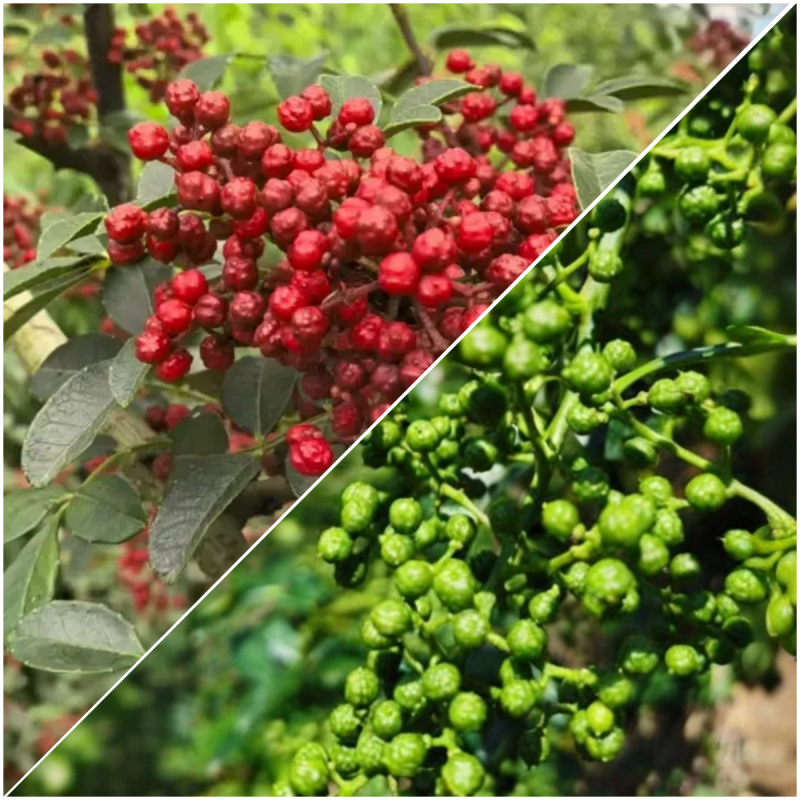
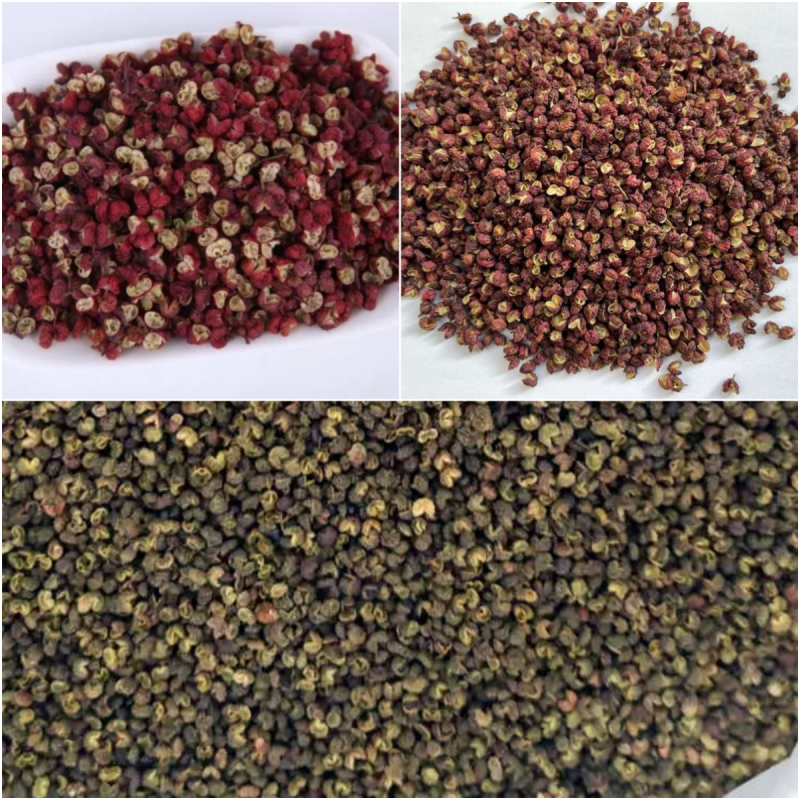
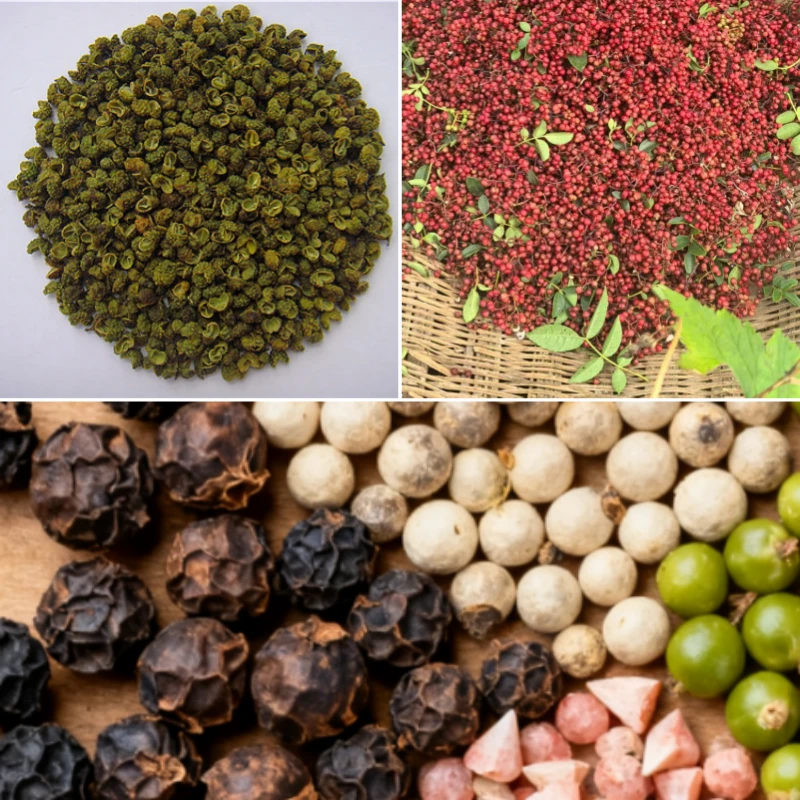
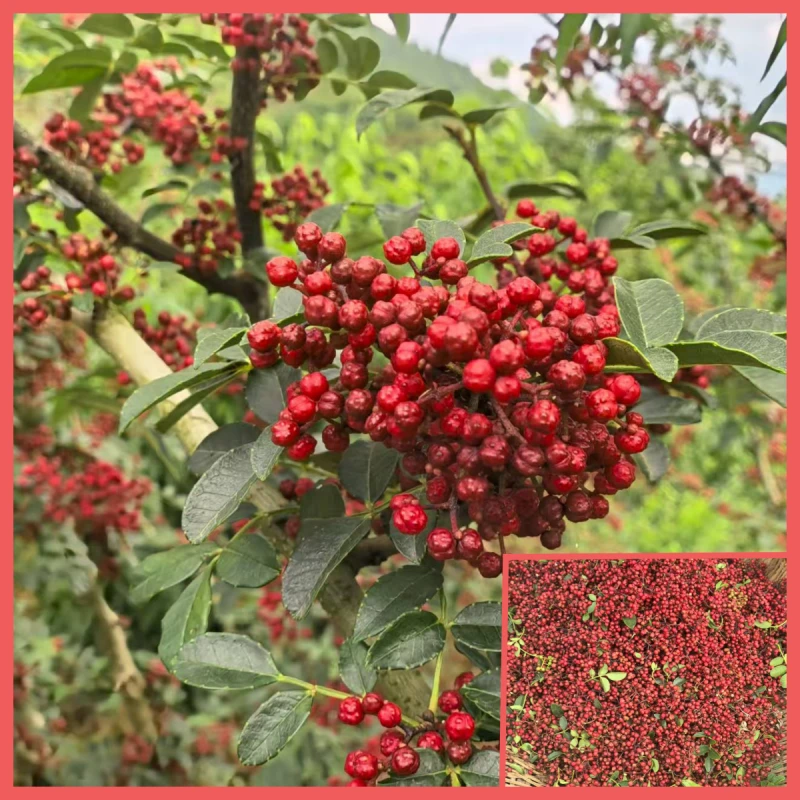
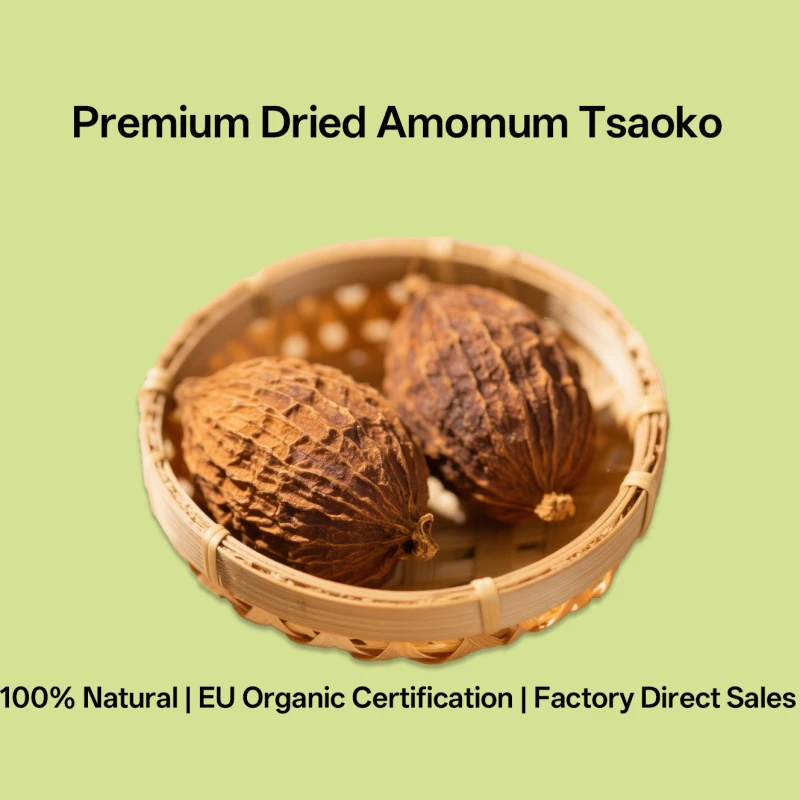
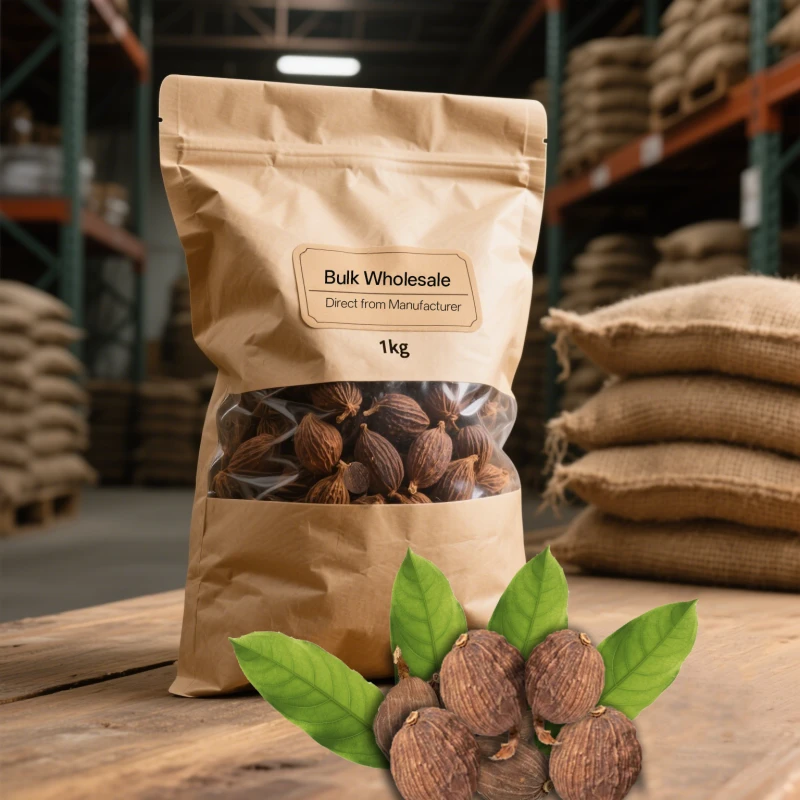
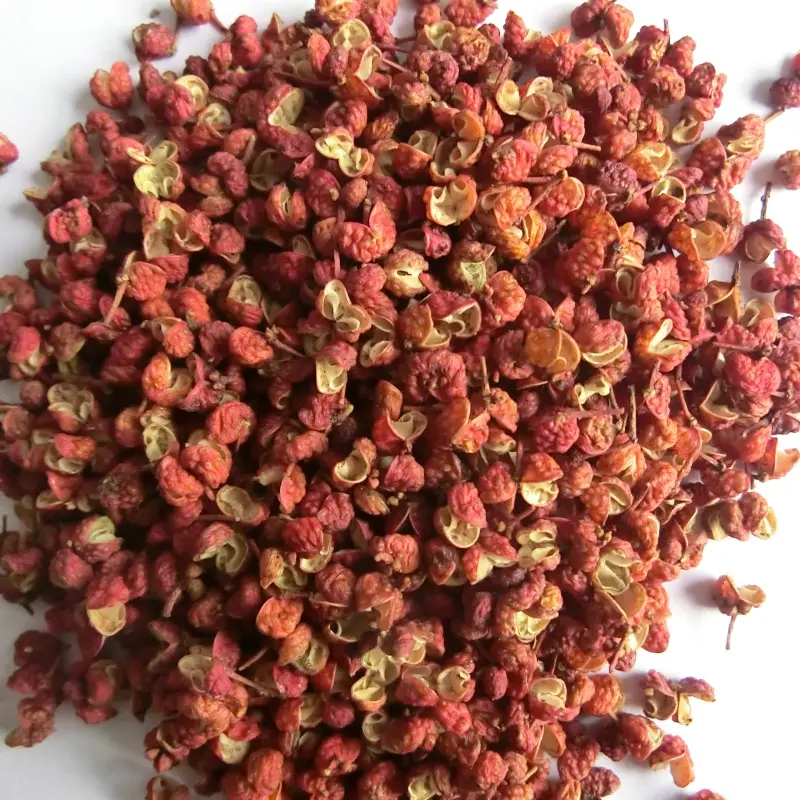
811.webp)
